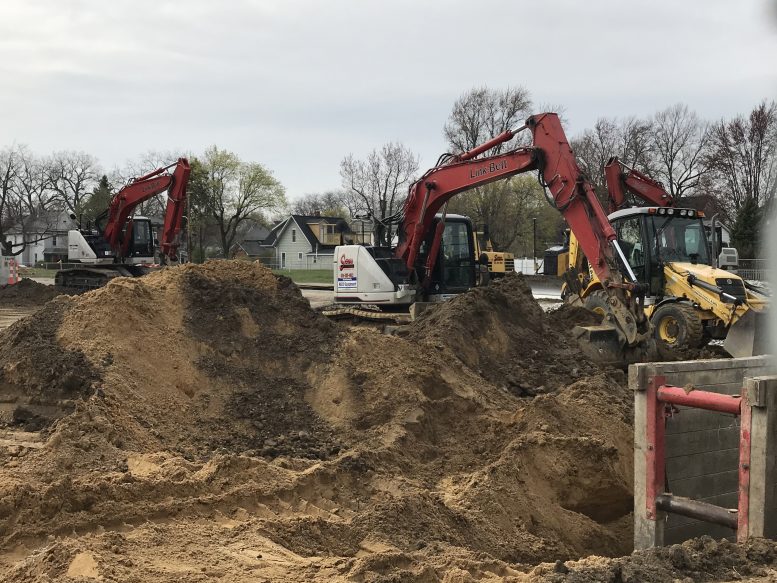By Rob Moore
Today, non-emergency medical procedures become allowable under Ohio’s adjusted stay-at-home order. This will be the first of many steps to lift social distancing restrictions and create a new normal for life in the state of Ohio.
On Monday, construction, manufacturing, and distribution operations will resume. On May 12, retailers and service companies will be allowed to reopen. Dine-in restaurant service, bar service, and mass gatherings are still banned indefinitely.
While some people want to do away with all social distancing restrictions today and some people want to wait for years until a vaccine has been developed, the vast majority of people are looking to ease restrictions on social contact slowly in a manner that balances the benefits of social interaction with the cost of increased risk of disease transmission. But how can we determine which types of locations to open first and which to leave closed a little bit longer?
A recent study by MIT researchers tried to get at this question. The researchers used visitation data to estimate what types of locations had the most unique visitors crowding into a small space to assess risk of transmission and used employment and sales data combined with a nationally-representative survey on the relative importance people place on different types of locations to assess the value of different types of locations.
Even though more dangerous types of places tended to have more economic and social importance for people, there were still some locations that had higher economic and social importance relative to their danger and some locations that were less important relative to their danger.
For instance, both banks and general merchandise stores were found to be among the most important public places and both were in the medium- to low-risk category when it came to risk of transmission. While banks have seen some retail restriction, those should be lifted by the 12th, which should provide people with a quite safe and valuable service that had been restricted.
Higher risk but also of high importance are grocery stores and auto dealers. Both of these have had lighter regulation up to this point and provide a lot of value, but likely need to be subject to serious safety precautions to reduce transmission on location.
Another tier of low- to medium-risk locations that people place substantial value on are dentists, department, clothing, and shoe stores, and universities. Dental procedures resume May 2 and clothing stores will be allowed to reopen May 12, which should be good for consumers. Universities, however, have been closed for the semester and will not reopen until fall. This study does not even take into account the human capital impacts of a lost semester, which likely has larger social impact than the short-term revenue impacts.
On the negative side, gyms and cafes represent locations with high risk of infection but middling to low social importance. This suggests a delay in opening gyms and cafes until after some of the locations listed above and even after sit-down restaurants and fast food would save lives at relatively lower cost.
Another negative category are liquor and tobacco and sporting goods stores, each of which have medium transmission risk but low social importance. The governor has been kind to liquor stores so far, but the relative low importance but higher transmission rates at sporting goods stores suggests delaying their opening could be a lower-cost way to save lives.
On the low end of the spectrum, book stores, amusement parks, and museums are low-risk and low-importance, but they are of such low importance that keeping them closed longer could pay off in reduced transmission risk as well.
This study seems to suggest that Ohio’s state policy is lining up with economic, social, and public health reality, with the potential exceptions of the heavy measures on relatively high-importance lower-risk universities and the light treatment of low-importance higher-risk liquor and sporting good stores.
Testing and tracing and appropriate on-premise practices need to be a part of the reopening process, but at the same time we need to balance social importance with risk of transmission of a deadly disease as we decide which locations should open first.





